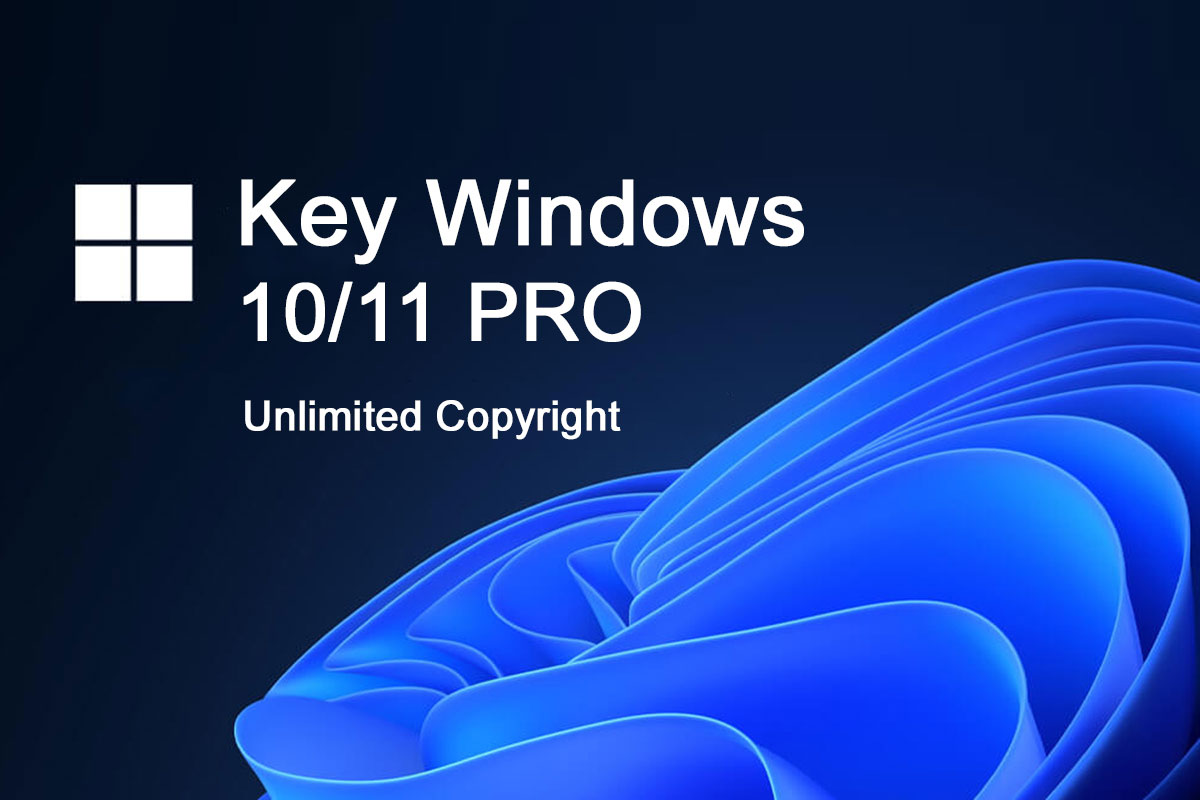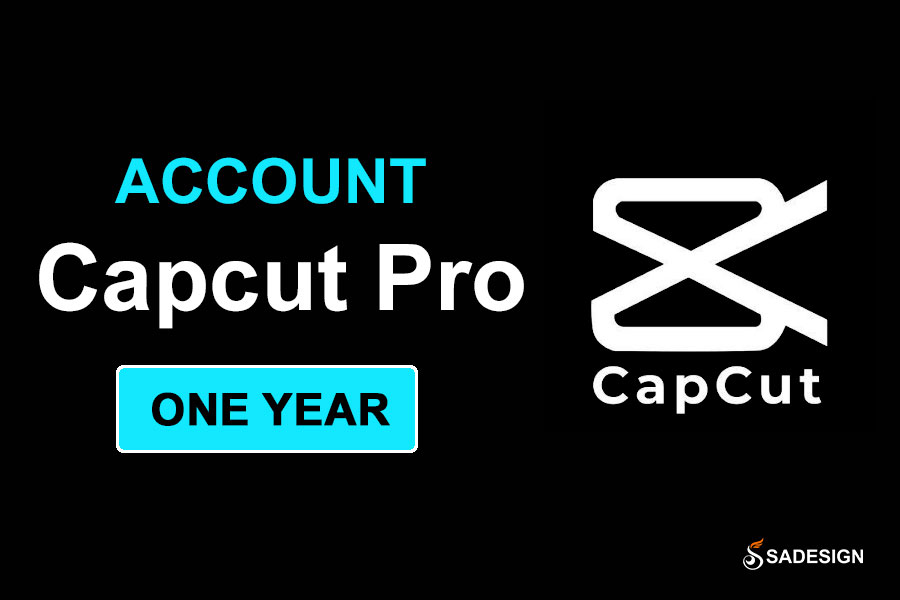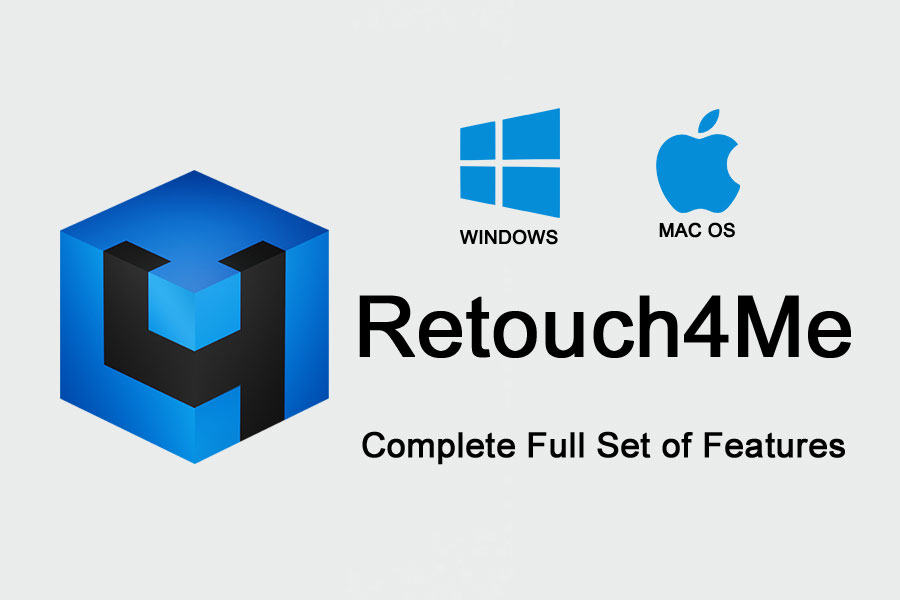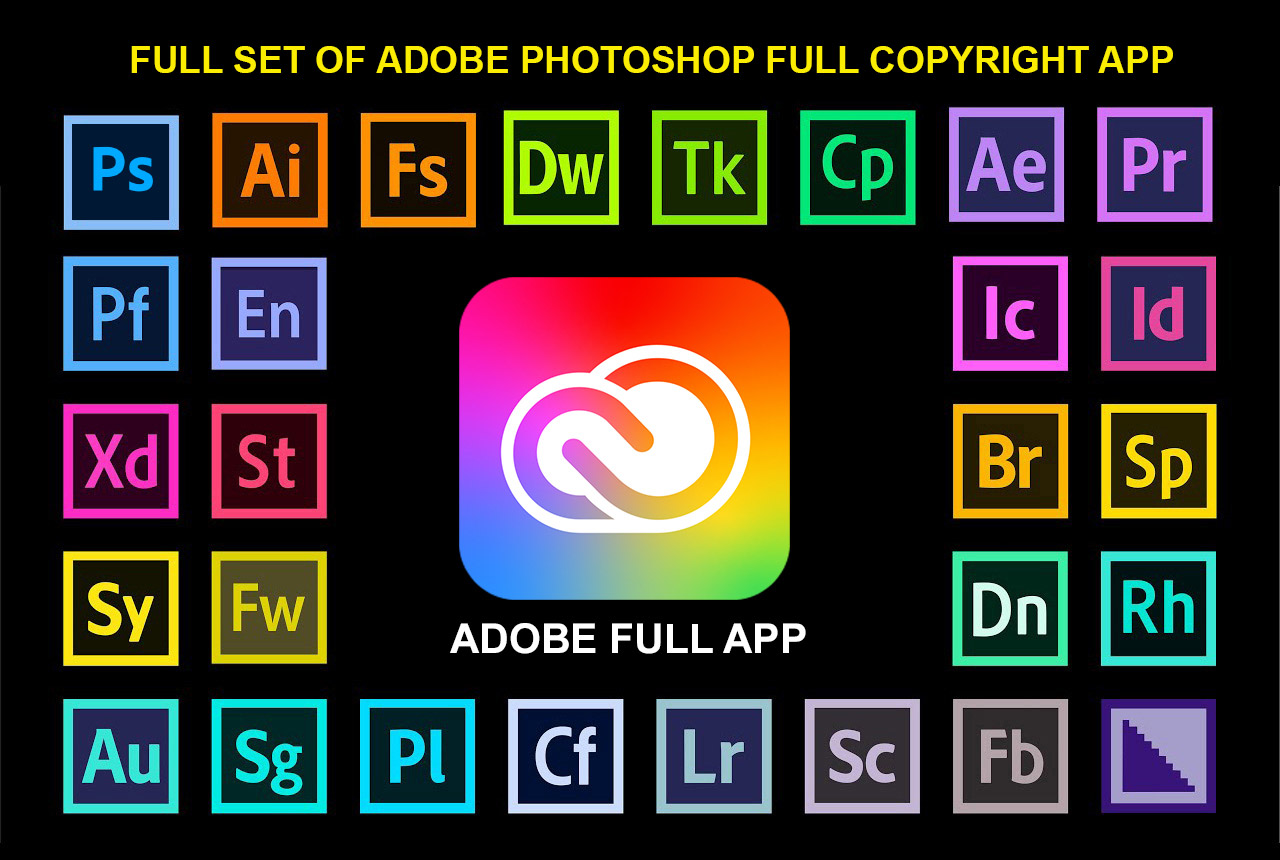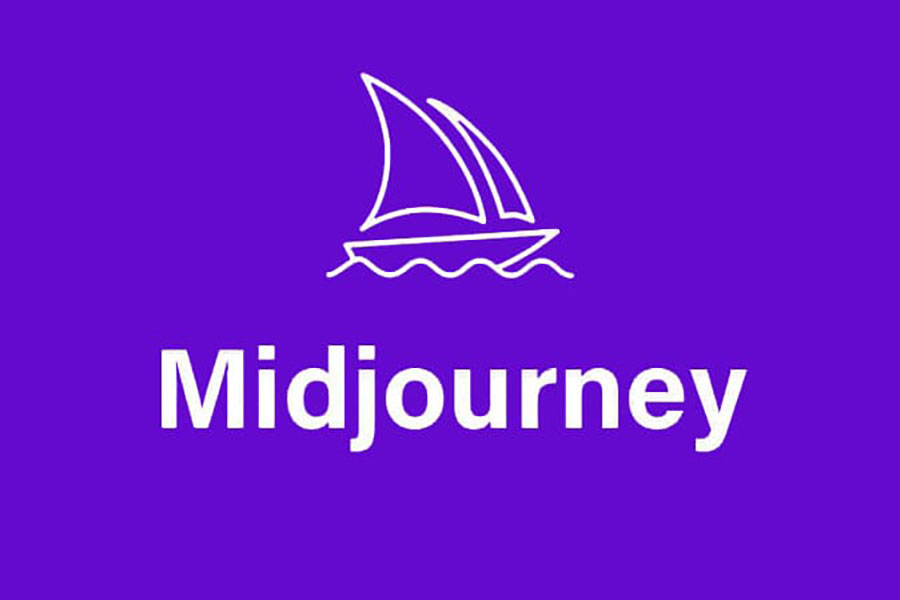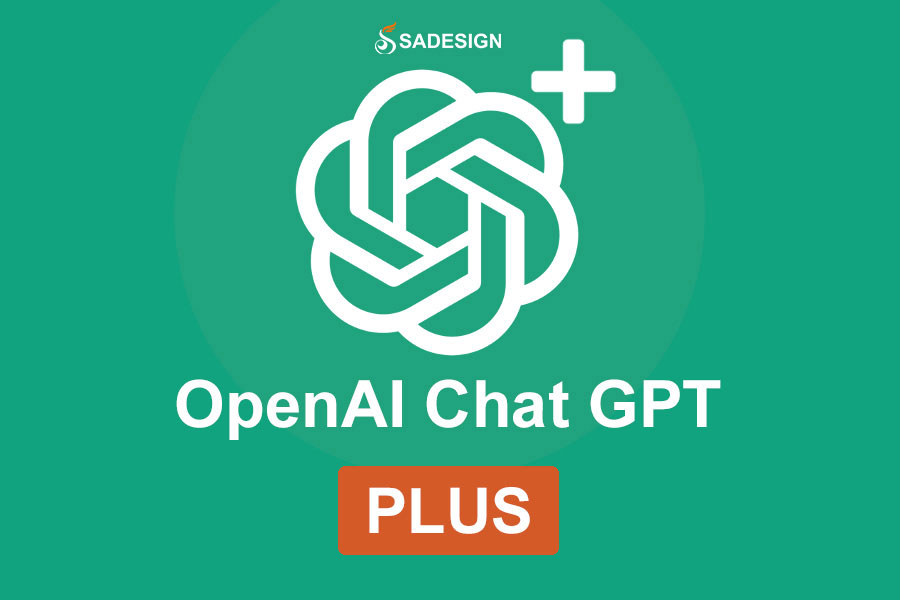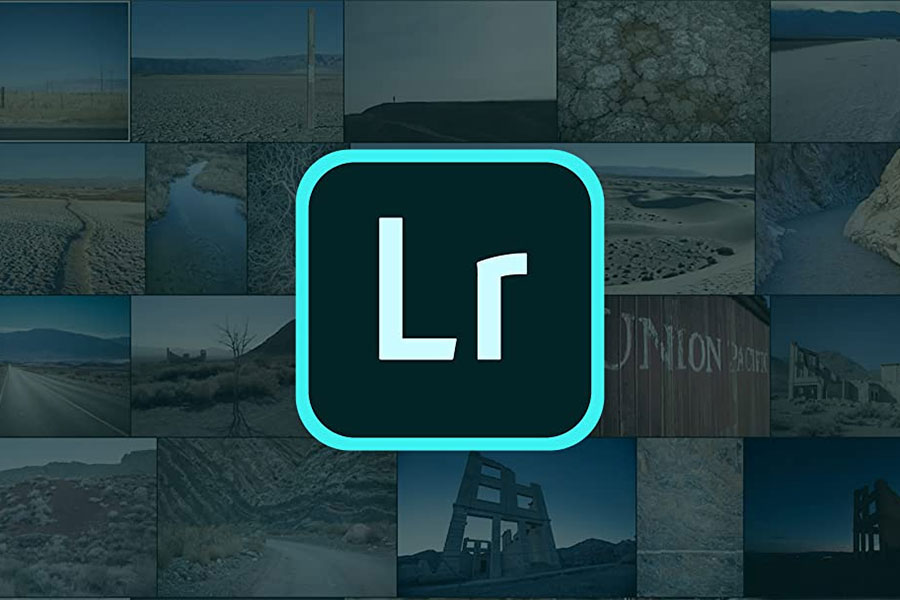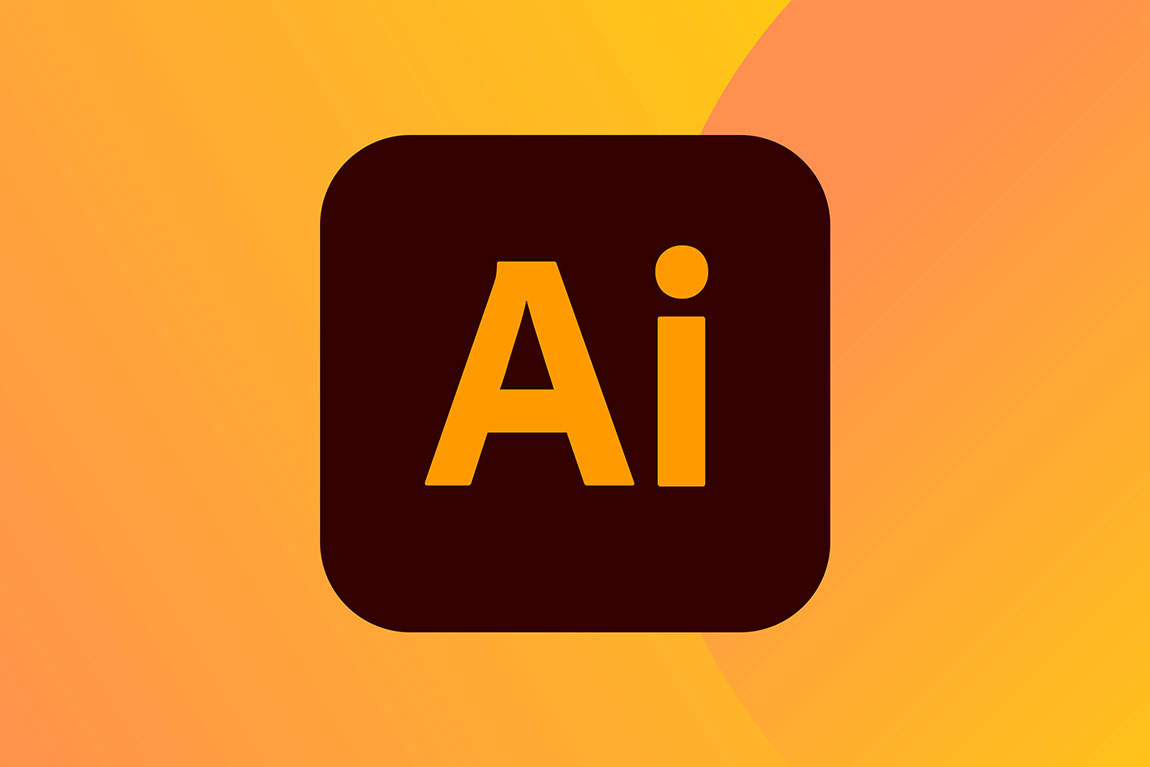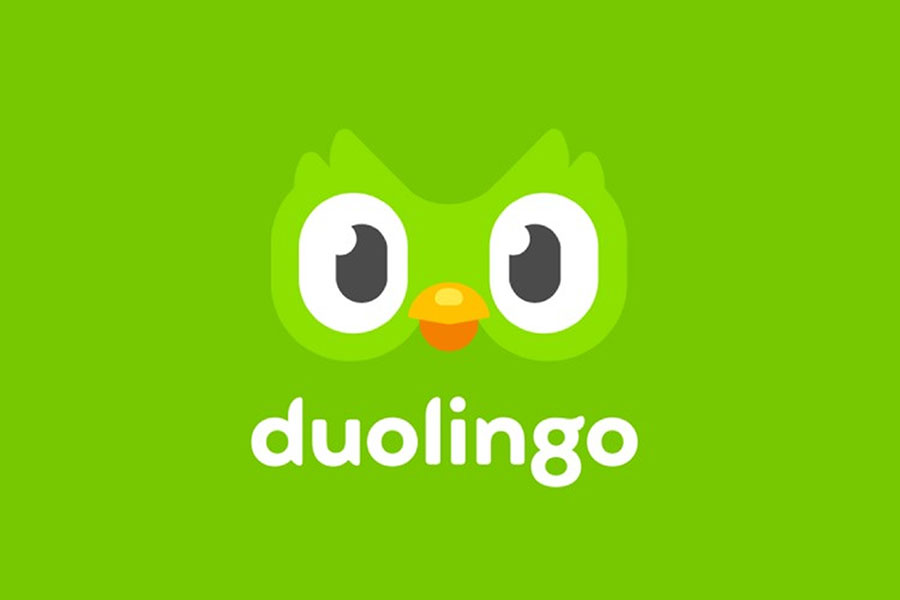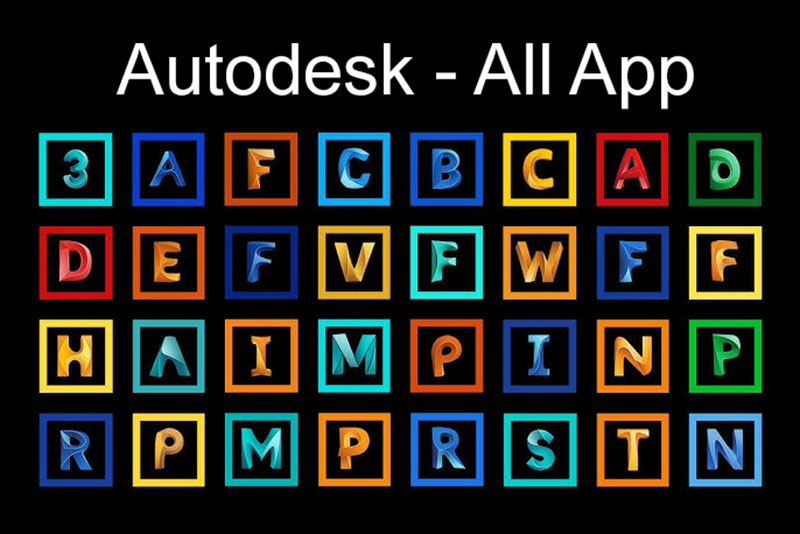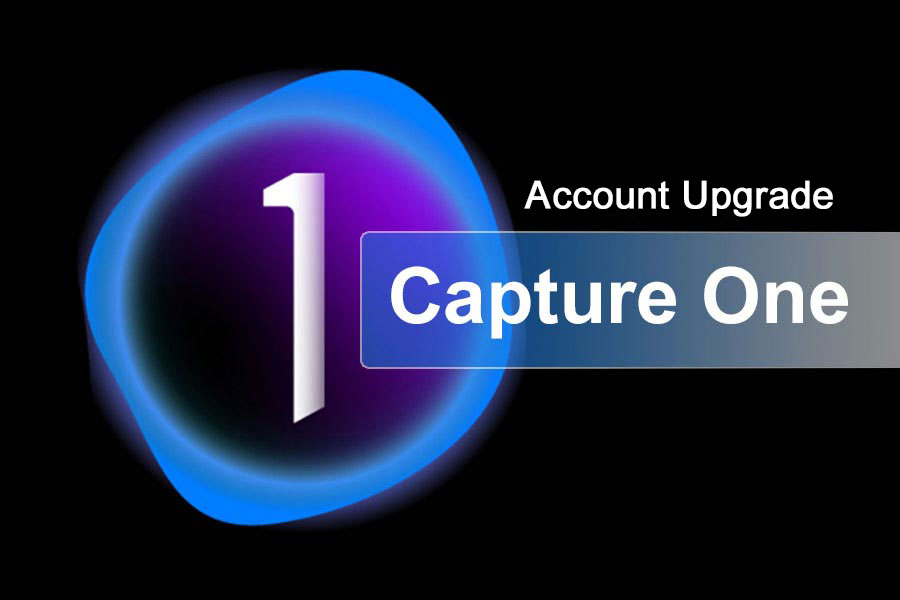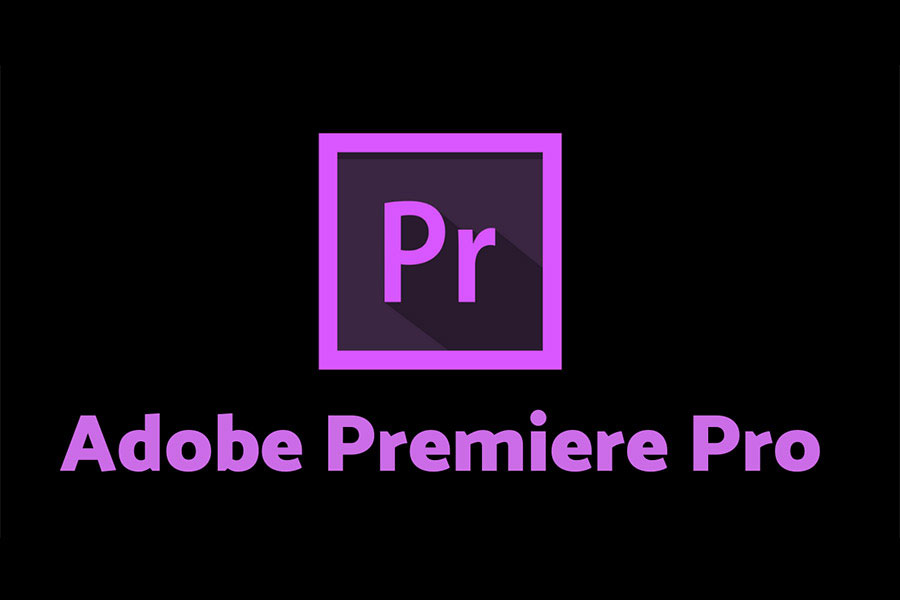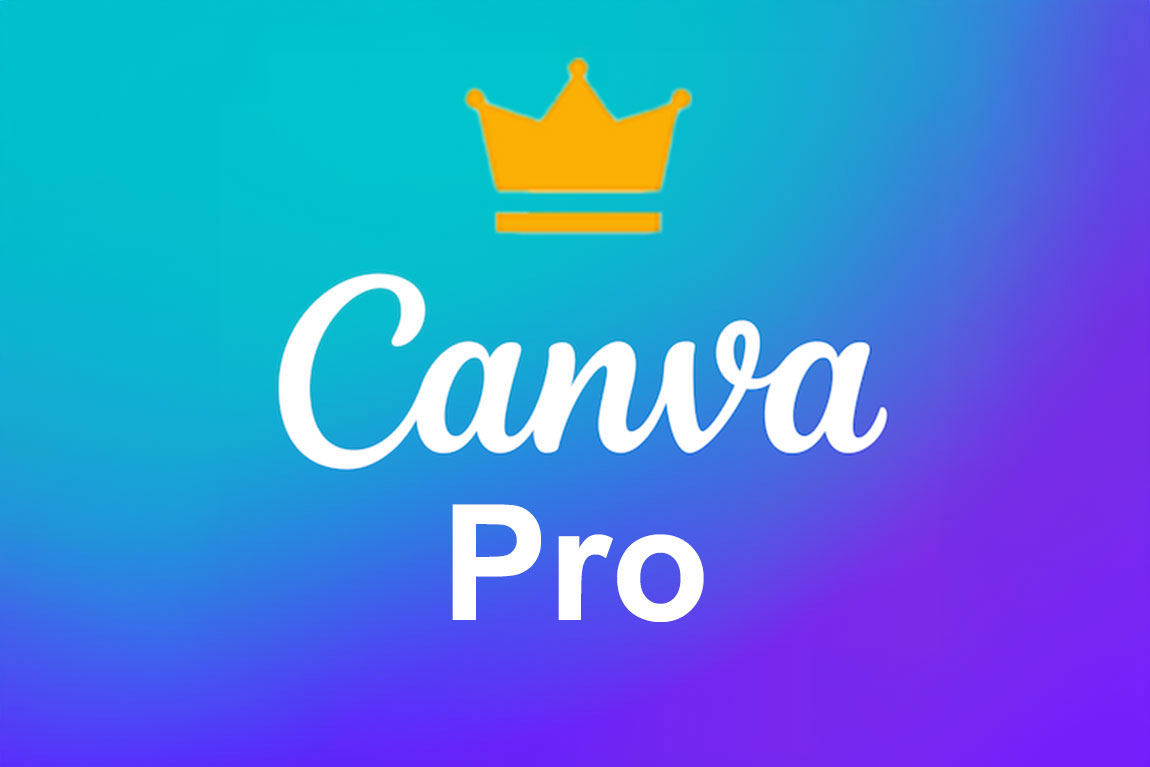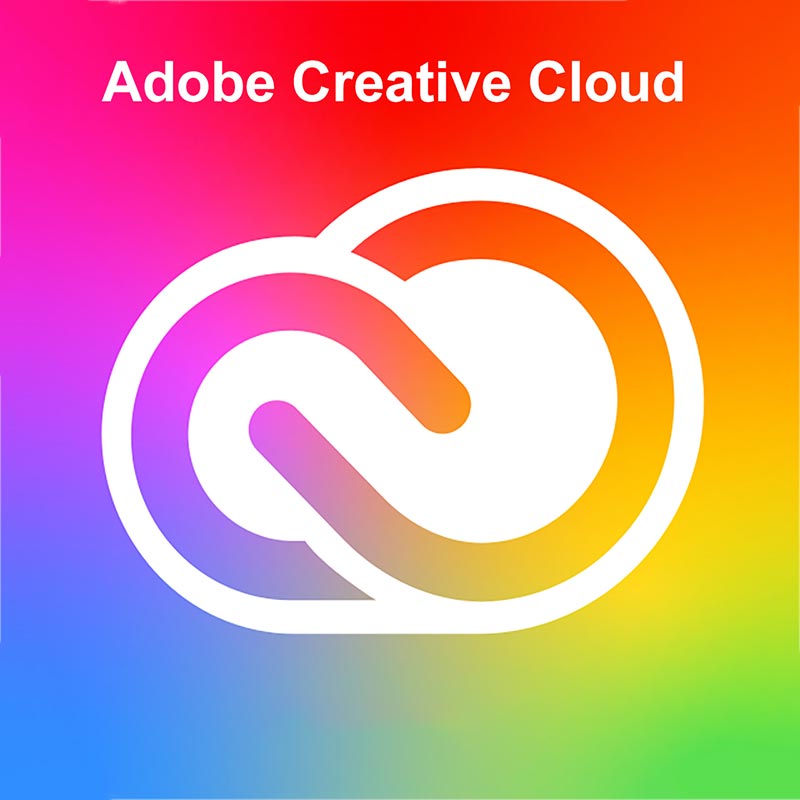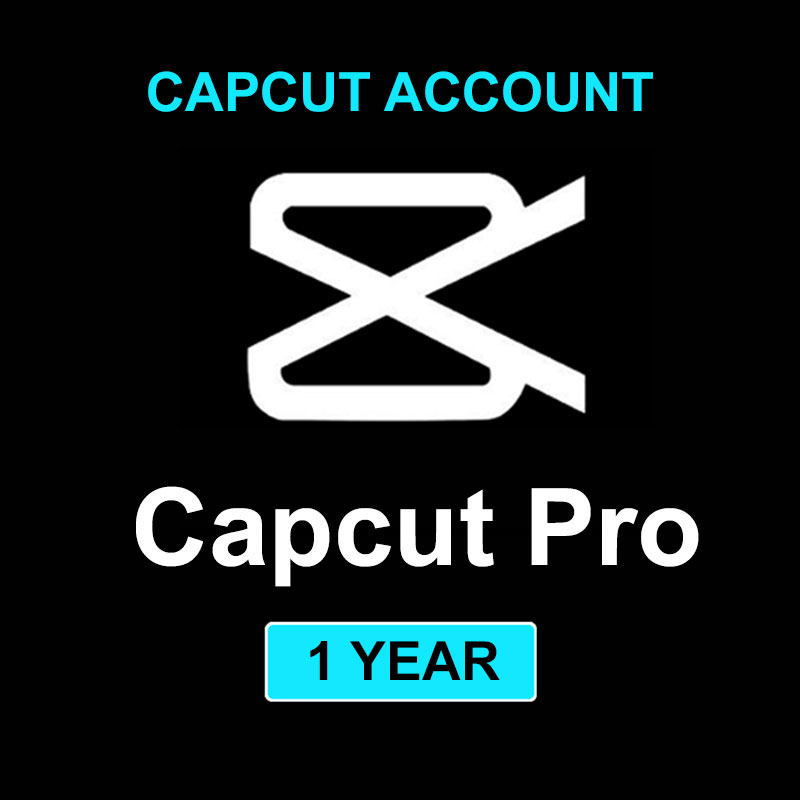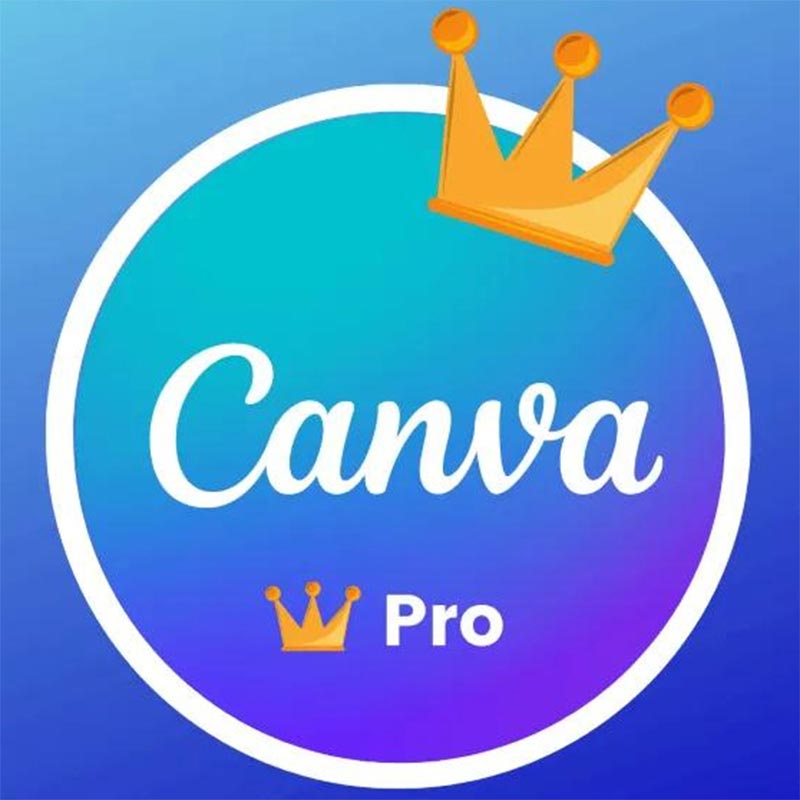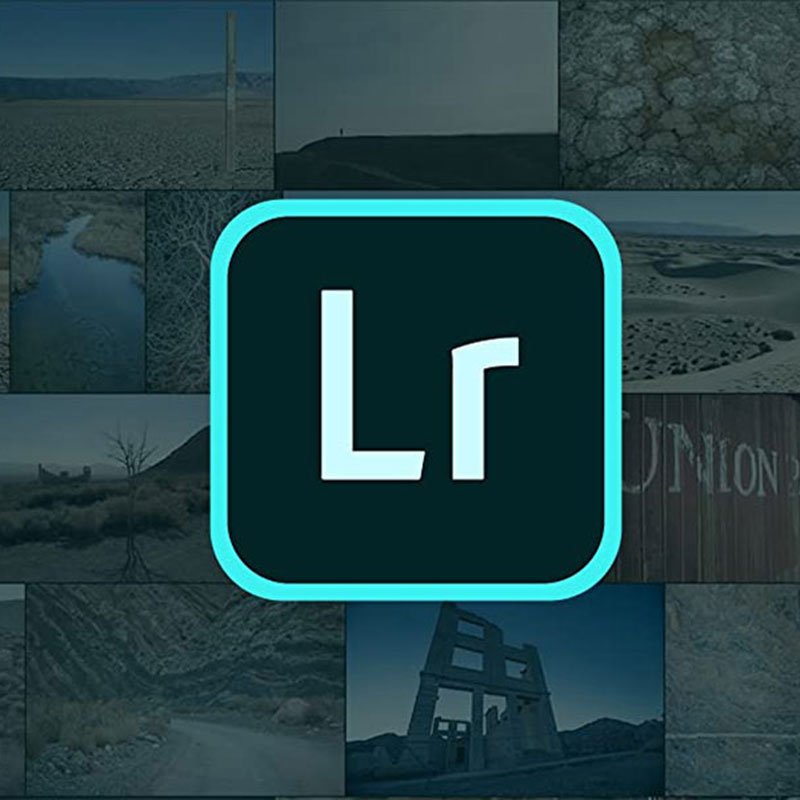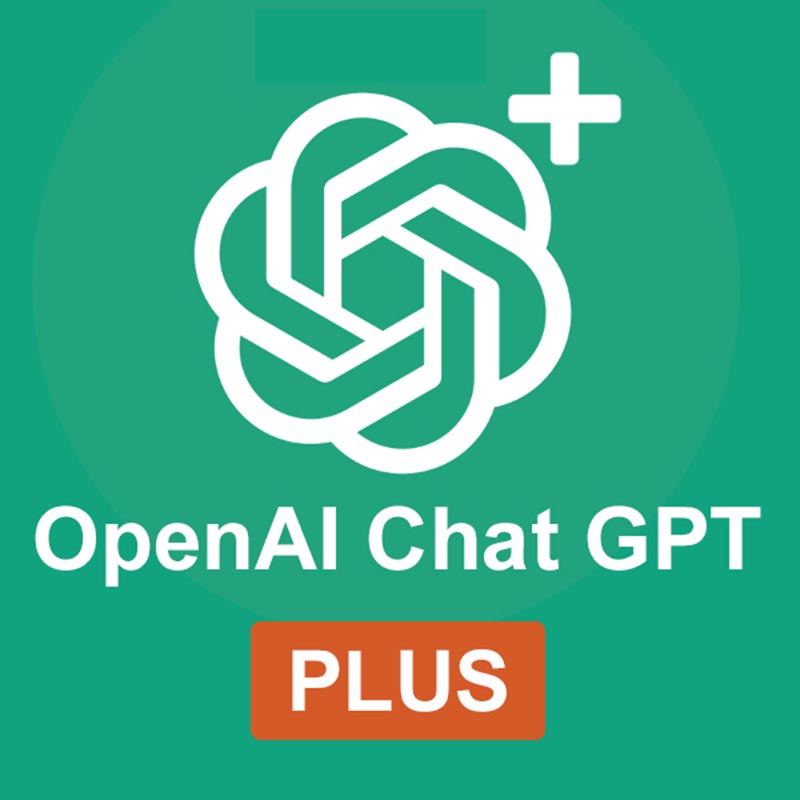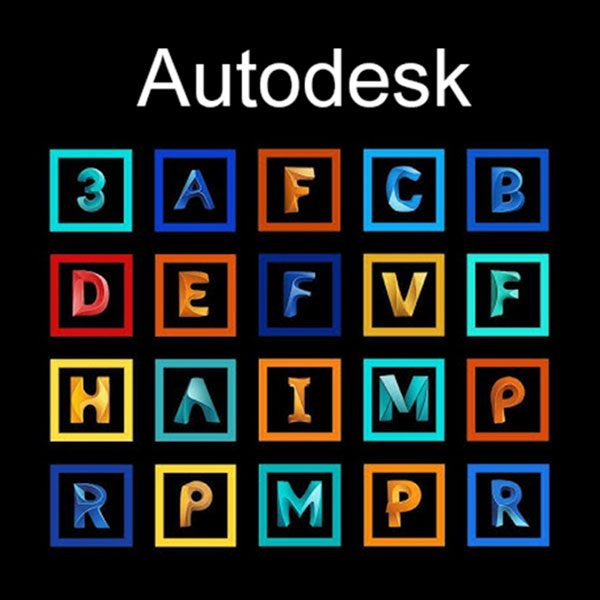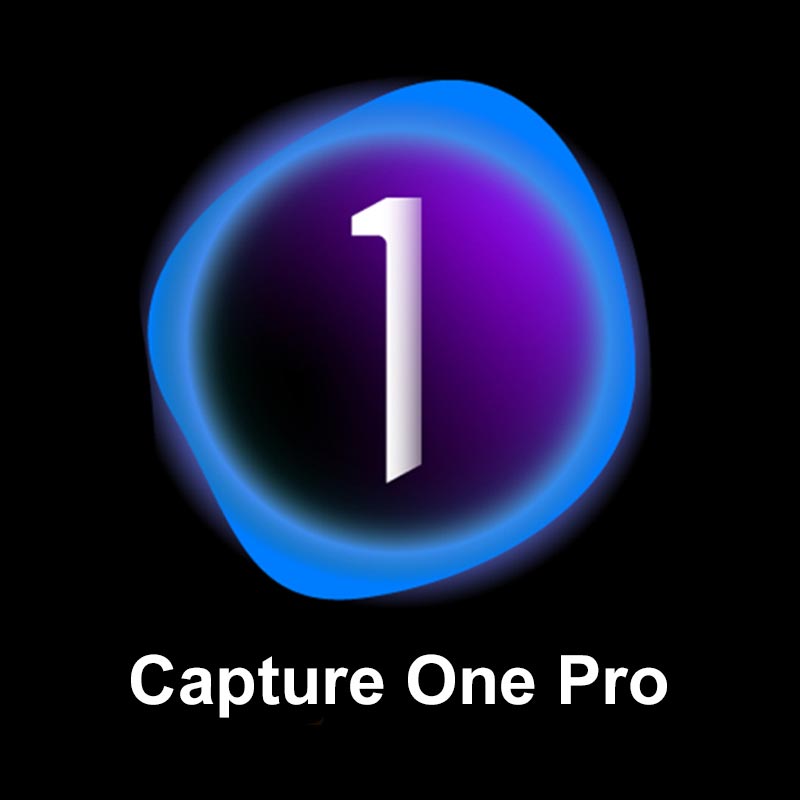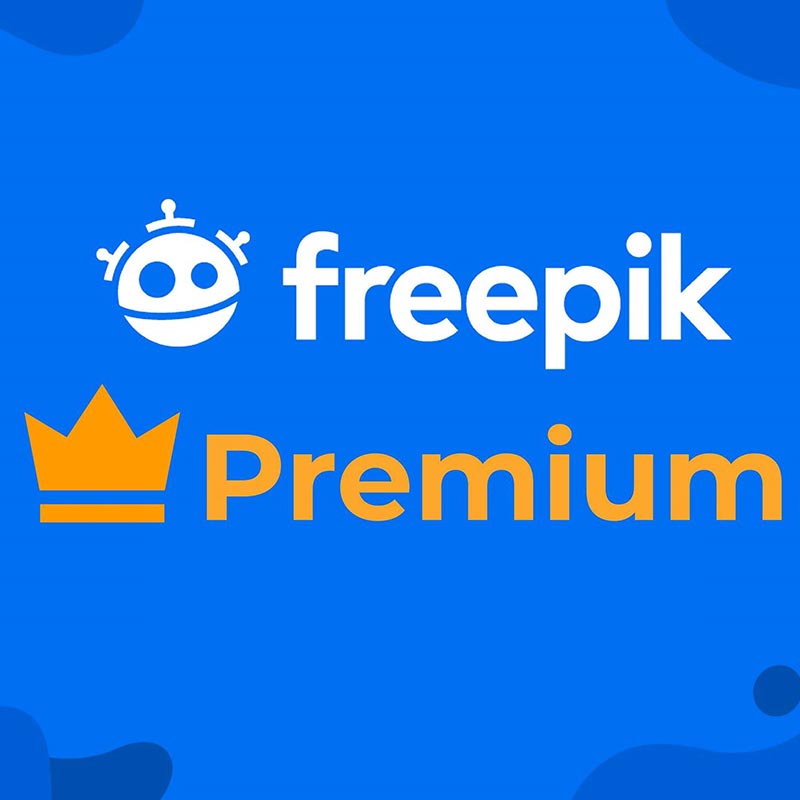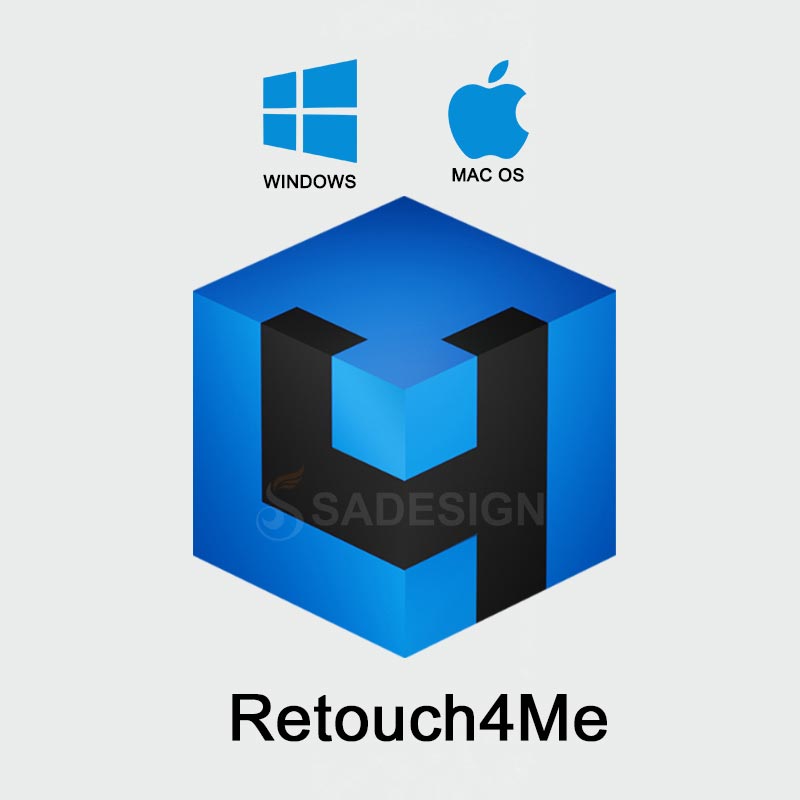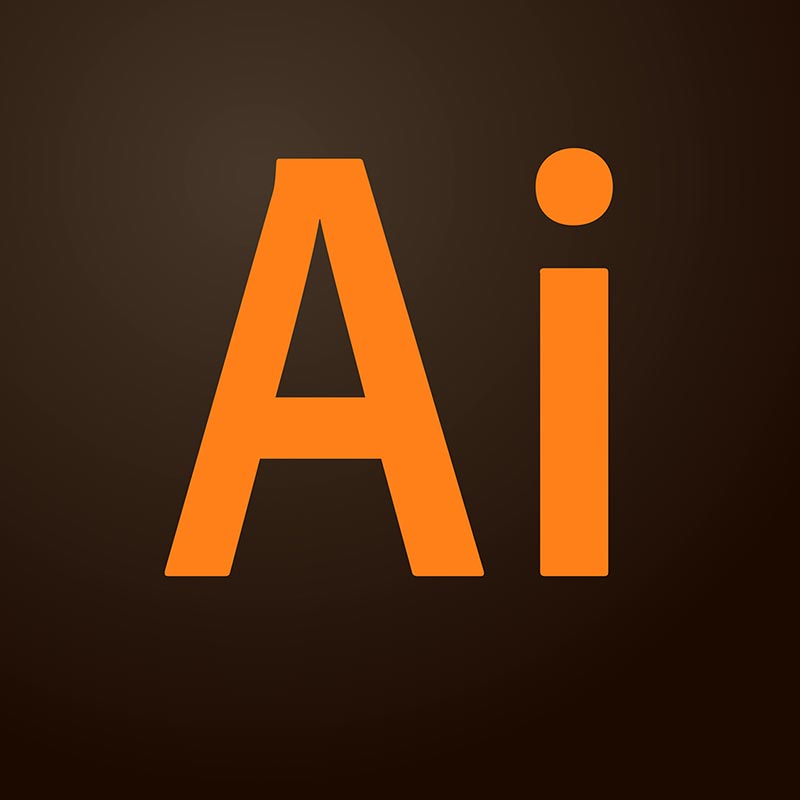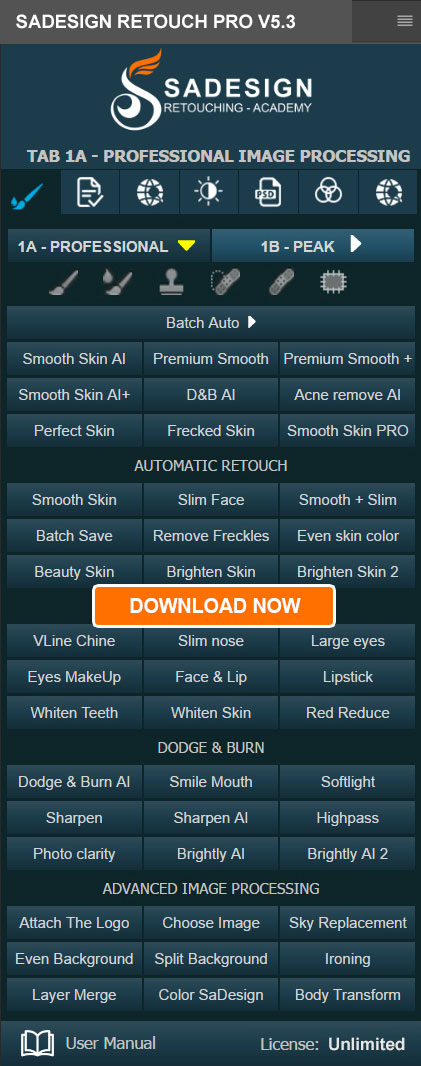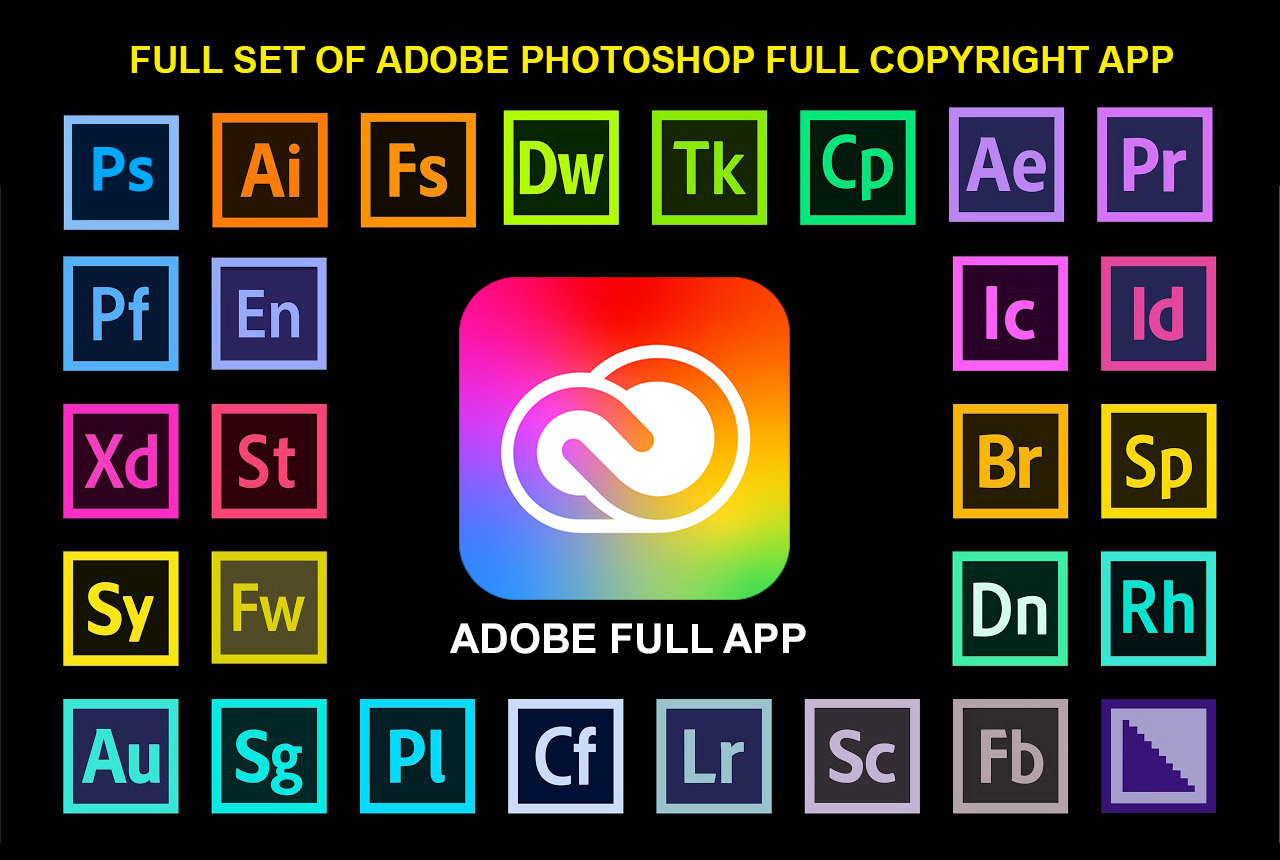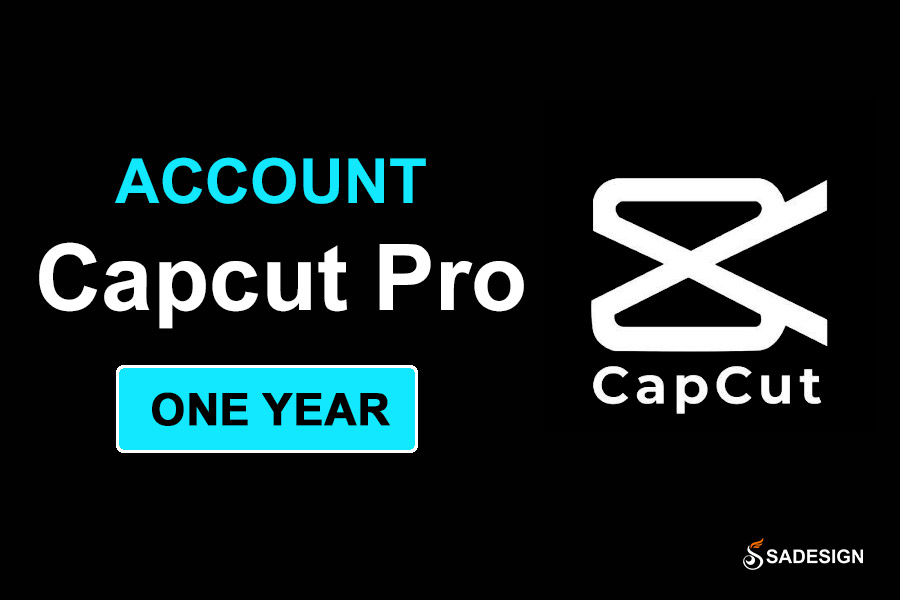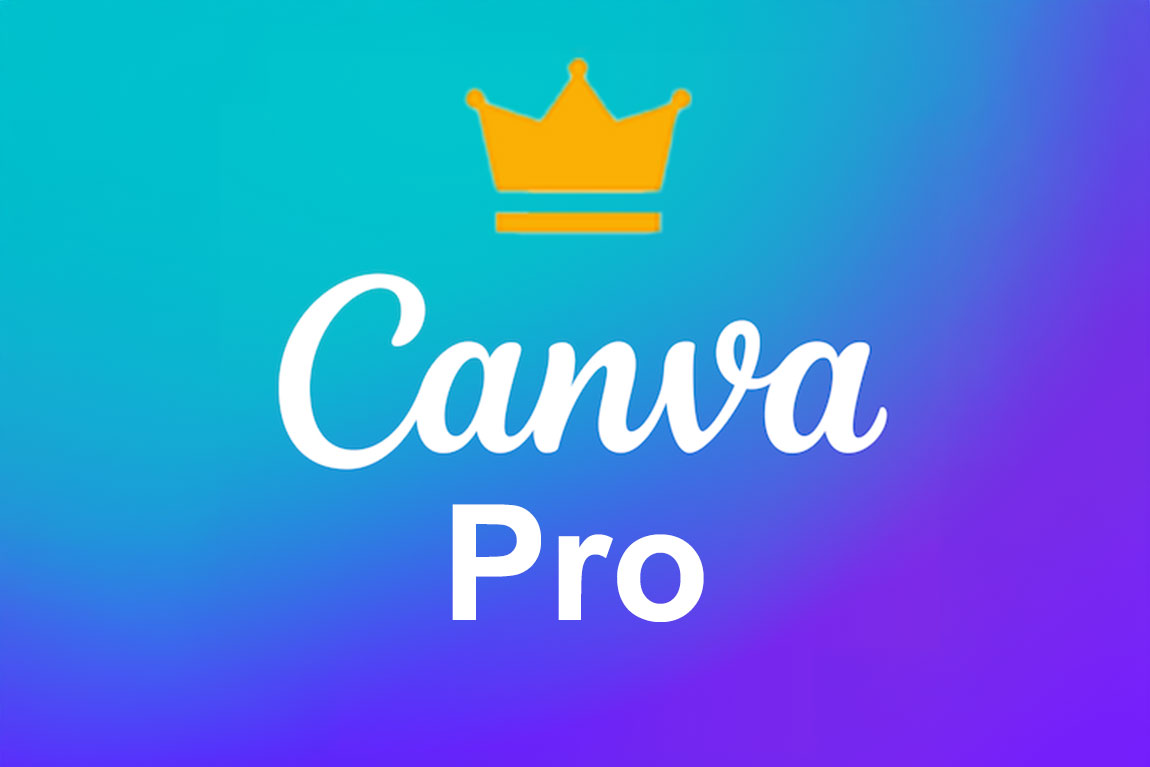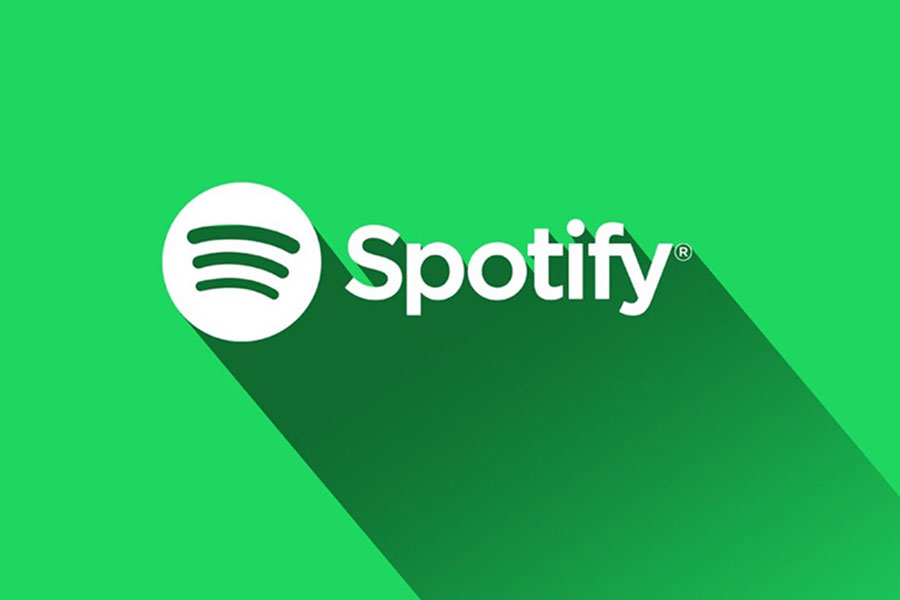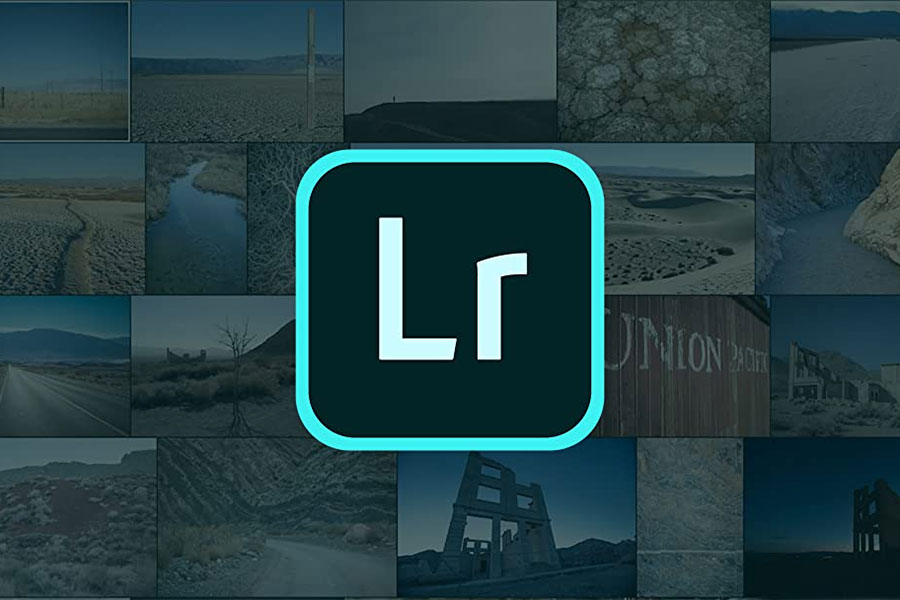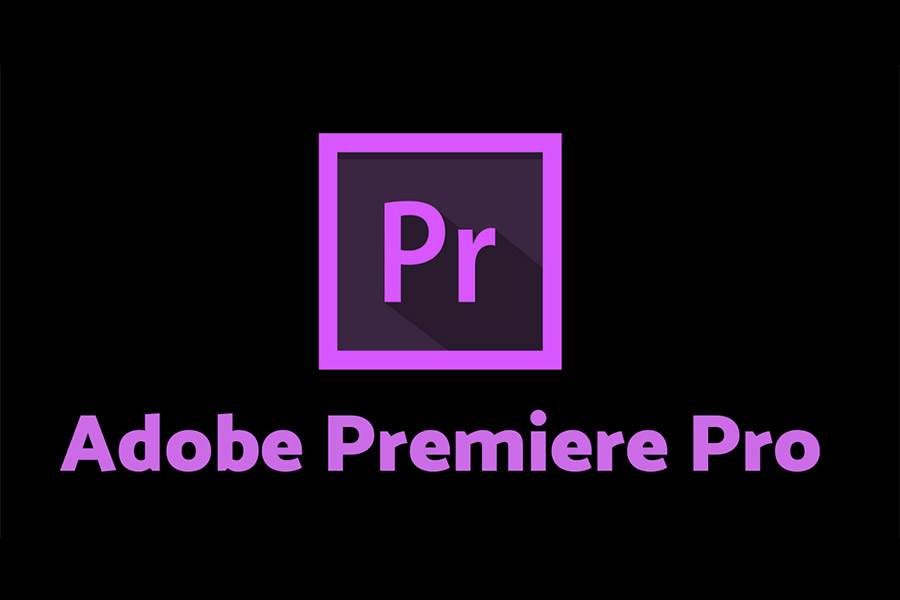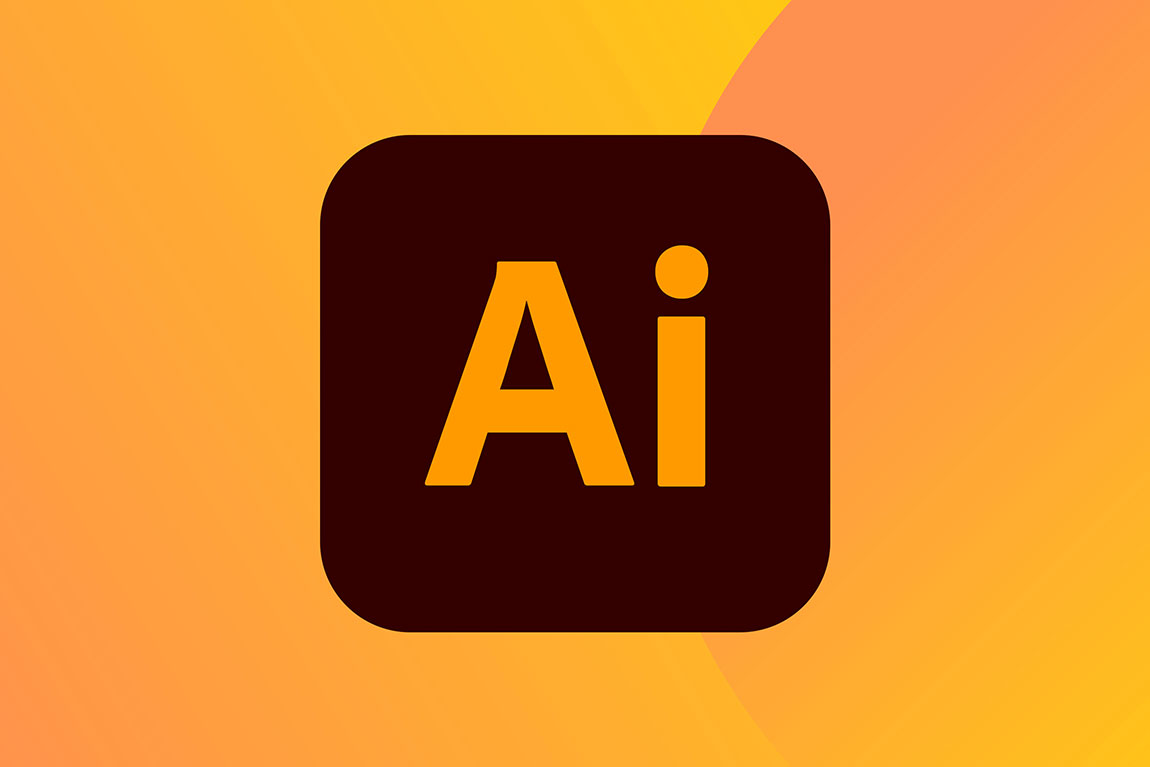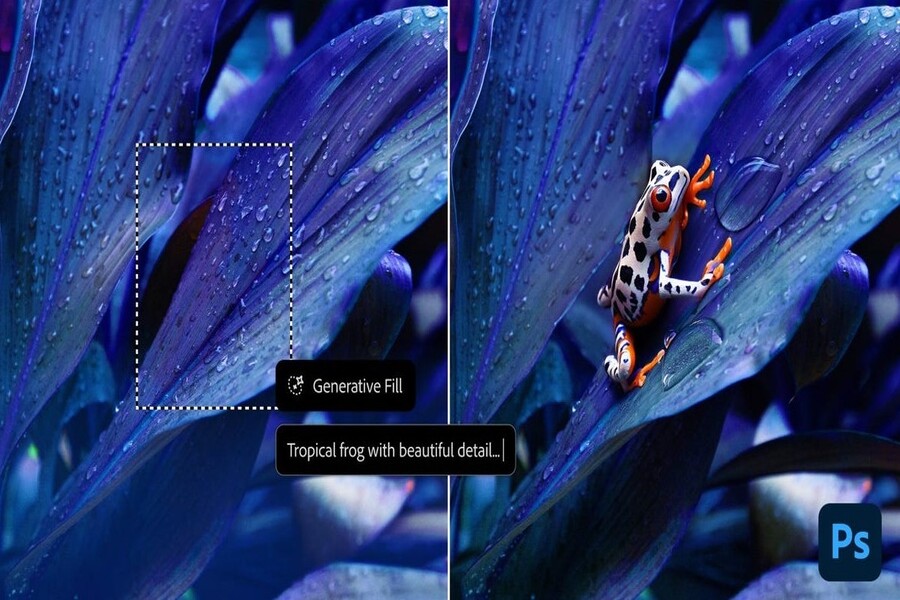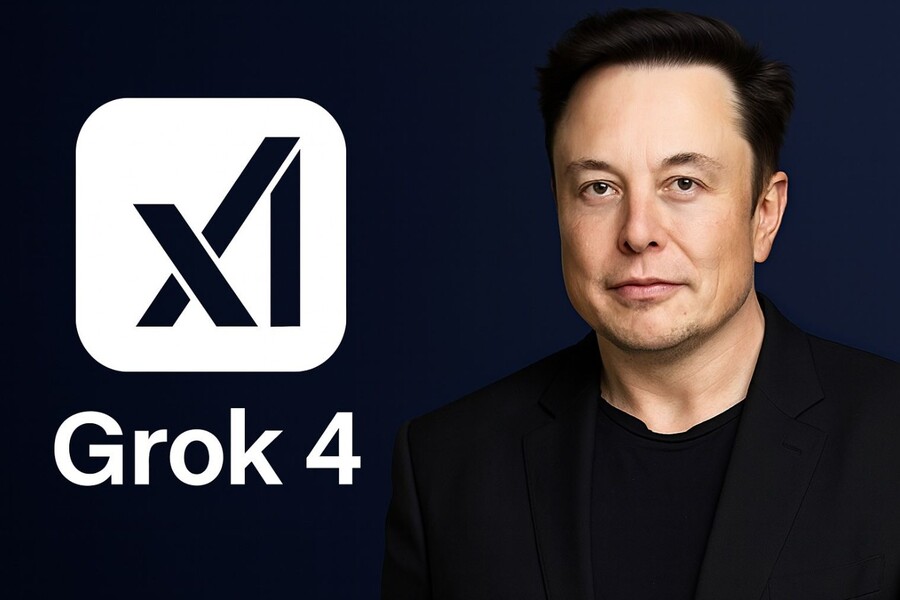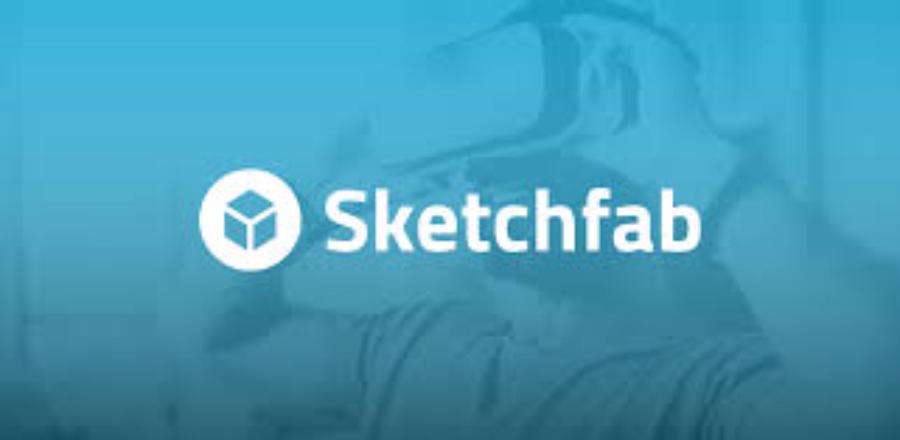Best Selling Products
Race Against AI: Creators Face a Crossroads of Survival
Nội dung
The development of AI has gone beyond the imagination of many people. ChatGPT is no longer a tool reserved for the tech world but has become a part of the daily lives of many different groups of people.
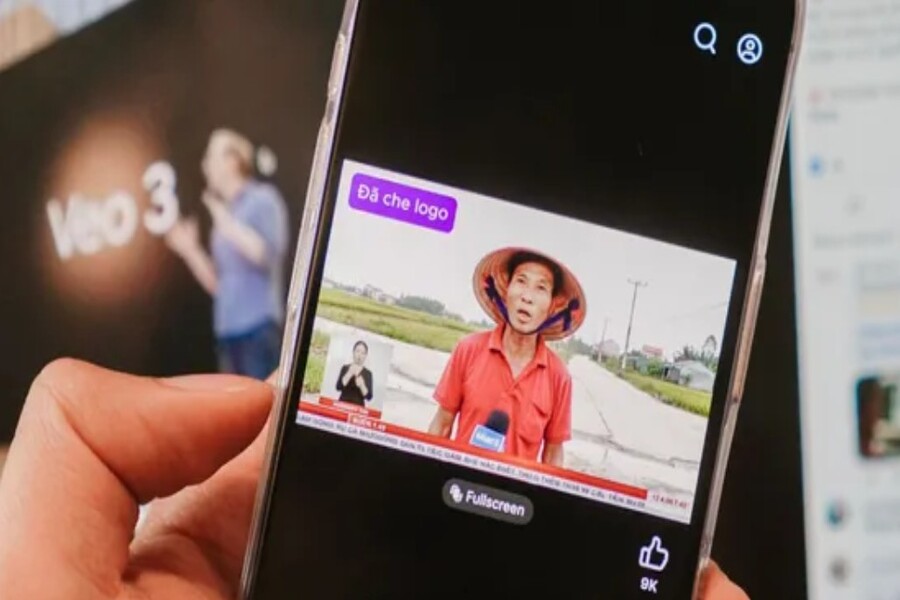
In recent years, artificial intelligence (AI) has made a strong breakthrough and become an indispensable tool in many fields, especially digital content production. AI systems such as ChatGPT, DALL·E, or video and audio synthesis technologies have changed the way people create, share and receive information. Fast production speed, low cost and convenience make AI increasingly popular but also pose many serious challenges for traditional content creators. This article will analyze in depth the penetration of AI into every "corner" of life, the impact on media platforms and the consequences that may follow for the content creation industry in general.
1. AI has penetrated every "nook and cranny"
The development of AI has gone beyond the imagination of many people. ChatGPT is no longer a tool reserved for the technology world but has become a part of the daily lives of many different groups of people. From students, writers, businessmen to politicians, AI is being used more and more widely. A typical example is the Swedish Prime Minister, who has publicly admitted to using ChatGPT to consult information and support in making political decisions. However, this action has caused a lot of controversy and warnings from experts about the risk of abusing AI technology in a field that requires caution and high responsibility such as politics.
The above story partly reflects that AI is no longer a tool reserved for techies but has penetrated into every aspect of social life. In education, AI supports lesson planning, grading, and even exam creation. In art, AI creates paintings, soundtracks, and even novels and movie scripts. In business, AI helps analyze data, optimize advertising campaigns, and automate processes. Especially in the field of digital content creation, AI is revolutionizing every stage of production.
(1).png)
Not long ago, to make a quality video, people needed a whole team including a screenwriter, director, cameraman, editor, dubbing… along with a lot of specialized equipment and hours, even days of work. Today, with just a computer connected to the Internet, an AI tool, and a few simple clicks, people can produce hundreds of videos in just one morning. This development not only saves time and manpower but also significantly reduces production costs.
However, this also causes the world of content creation, which has been shaped by human emotions, personalities and unique perspectives, to change rapidly in an unpredictable direction. AI brings speed and low cost, but when abused, it can cause serious consequences. Mass-produced, fast-produced content that lacks depth, real emotions and social responsibility will gradually become popular. If all stages from script writing, image design to voiceover are done by AI, cyberspace will become cold, soulless, and sometimes even toxic.
The biggest danger for traditional content creators is the risk of being pushed to the margins of the market. In the past, content creation always required investment of passion, intelligence and personal creativity to make a mark. Now, they can be caught up in the race to click, a race to produce content in huge quantities, to promptly meet the fast and urgent needs of mass viewers. In that race, content quality is easily traded for speed and quantity. Another worrying fact is that AI has no ethics, no ability to feel or empathize, so when abused, AI can easily become a tool to facilitate the degradation of content, spreading false, irresponsible and even toxic information.
2. Platforms cannot stay out of the game
The explosion of AI-generated content is not only affecting individual creators, but also having a profound impact on digital media platforms such as YouTube, TikTok, Facebook Reels, which are now the main “playgrounds” for digital videos, articles and images. AI allows content producers to create videos at industrial speeds, continuously and regularly, while optimizing algorithms to quickly reach viewers globally.
.png)
In fact, even though the quality or value of the content may not be on par with human-made products, AI-generated videos can still “surpass” handmade products in terms of reach and interaction thanks to the ability to optimize and take advantage of the platform’s algorithms. This puts serious creators in a big dilemma: either they have to chase quantity, accept fierce competition in content production speed, or stay out of the game and face the risk of being forgotten and losing the attention of the audience.
On the platform side, the challenge is no less daunting. When AI produces content so quickly and in such large quantities, manual moderation becomes impossible. Toxic, misleading, or “spam” content can exist on a platform for hours, even days, before being detected and dealt with. Adjusting algorithms to prioritize clean, valuable, and humane content is becoming a fierce and never-ending race.
AI is not at fault, but the way humans exploit and use it is the cause of negative consequences. When AI is exploited to produce mass, unemotional, irresponsible content, the first and biggest consequence will fall on the actual viewers. The audience will be surrounded by a sea of chaotic information, difficult to distinguish between truth and falsehood, good and bad, making cyberspace increasingly suffocating and toxic.
In that context, human values in content creation become more necessary and valuable than ever. Serious creators, with clear personal imprints, need to be protected and given fairer access to audiences. Platforms must also be more aggressive in handling toxic content, increasing transparency in the distribution and censorship process. At the same time, the role of viewers, i.e. the online community, cannot be underestimated. Each view, each share is a choice with a great impact, contributing to shaping the clean or polluted cyberspace environment we live in.
.png)
3. Implications for traditional creators and the future of content creation
The rise of AI in content production has many traditional creators feeling threatened. On the one hand, they face fierce competitive pressure, as AI technology can create content faster, in larger quantities, and cheaper. On the other hand, the market is increasingly saturated with mass-produced content that lacks true creativity, devaluing quality work.
Many creators are forced to change the way they work, learning to collaborate and exploit AI as a support tool rather than an adversary. This is a big challenge, requiring them to not only master creative skills but also know how to use new technology to optimize efficiency. This adaptation sometimes means trade-offs in the emotional and personality aspects of the product.
In the long term, AI could open up new opportunities for content creators, such as the ability to create more diverse, personalized experiences for users. However, to take advantage of this, creators and platforms need to build sustainable ecosystems where human values are put first and technology is a supporting tool, not a “replacement”.
4. Solutions and the future of content creation in the AI era
To address the challenges posed by AI in content production, close coordination between stakeholders is needed. First, digital media platforms need to invest more heavily in smart moderation technology, combining AI and humans to quickly detect and promptly handle harmful and misleading content. At the same time, they must also ensure transparency in content distribution, avoiding the phenomenon of “distorting” information or bias in AI-generated videos and articles.
Creators need to be equipped with the knowledge and skills to collaborate effectively with AI, know how to use this technology to improve the quality and creativity of their products, while maintaining their personal mark and ethical values in creation. Organizing training courses and workshops on AI and content creation will be essential in the coming time.
.png)
The viewer community also plays an important role in maintaining a healthy online space. Careful curation, responsible sharing, and positive user feedback will help improve the overall quality of content and limit the spread of poor quality or harmful products.
Legally, state management agencies also need to build and perfect the legal framework on the use of AI in content creation, to ensure the rights of traditional creators and protect users from risks caused by AI content.
5. Conclusion
AI is profoundly changing the way content is produced and consumed around the world. With the ability to generate content quickly, cheaply and easily, AI opens up huge opportunities for the creative industry but also poses serious challenges for traditional creators, media platforms and user communities.
AI is penetrating every field, not only as a supporting tool but also as a direct “competitor”, forcing creators to adapt quickly, even changing the way they think about creativity. Digital media platforms are facing increasingly complex problems of censorship and content management. Users also need to be more alert and responsible in selecting and spreading content.
To move towards a sustainable future of content creation, AI technology must be used properly, accompanied by protection and respect for human values. Serious creators must be given fair opportunities to develop their personality and intelligence, platforms must be transparent and responsible in controlling content, and the online community must work together to build a healthy and humane digital environment.
AI is not the enemy of creativity, but a powerful tool when used correctly. However, the rapid and easy development of AI content production is also the biggest challenge that creators, platforms, and society as a whole need to overcome together.
